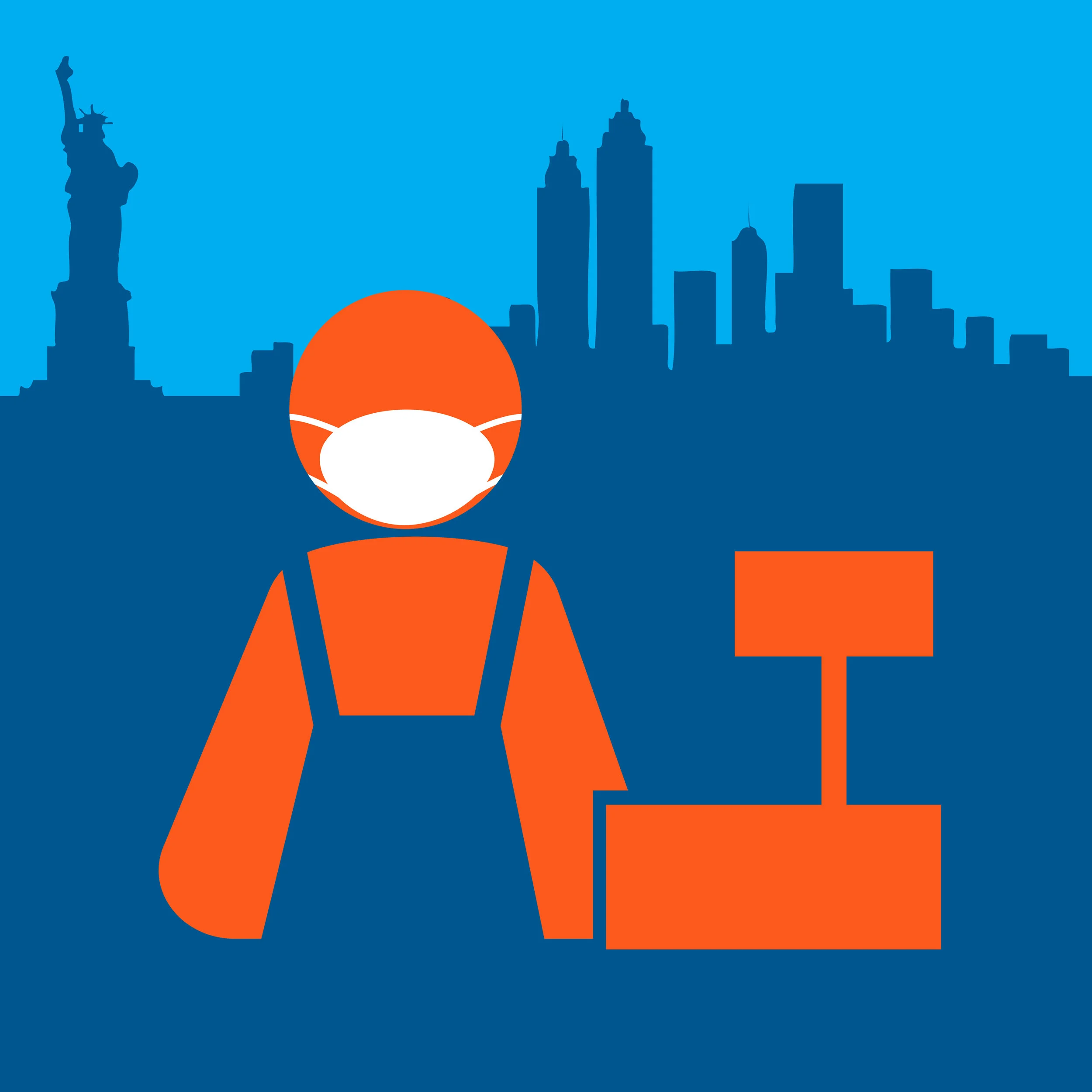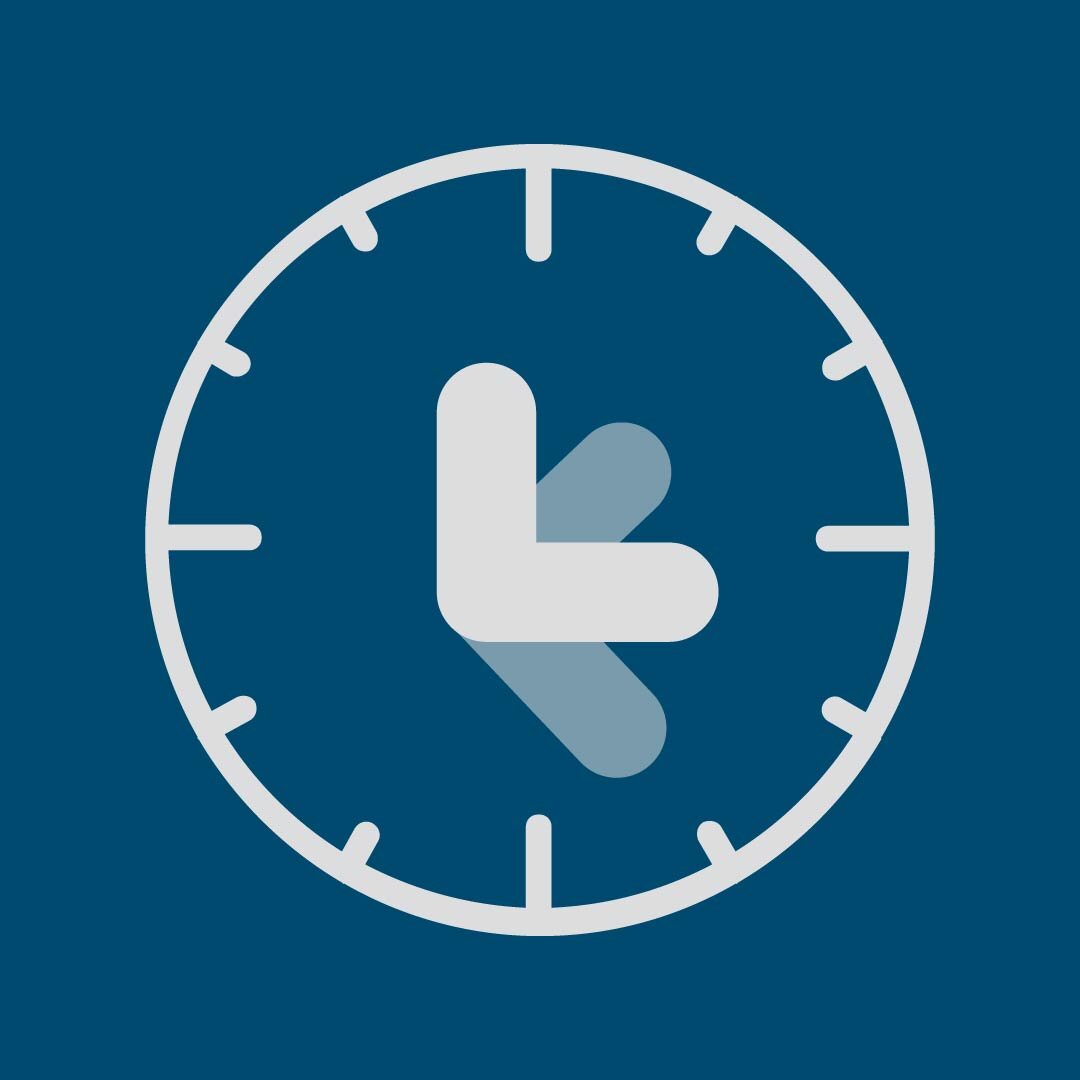
As New Yorkers struggle to afford food, they face compounding hardships and health challenges
This Poverty Tracker report shows how food hardship increased from 2021 to 2022 and shares “Sofia’s Story” and others on how commonly it overlaps with and compounds other hardships and health challenges.

Government initiatives cut child poverty in New York City in 2021, but many policies are no longer in effect
This year’s Poverty Tracker report spotlights the temporary pandemic relief programs that dramatically — but only briefly — brought child poverty in New York City to historic lows. The reduction in poverty rates highlighted in the report shows that government policy can be an effective poverty-fighting tool.

Food pantries represent a critical lifeline for non-citizen New Yorkers
This new report examines an often overlooked area of need in New York City: food insecurity among low-income, non-citizen New Yorkers. The Poverty Tracker documents a significant increase in non-citizens using emergency food services—and how pantries served a critical lifeline.
Study launched on New Yorkers with high health care needs
In collaboration with Robin Hood and The Leona M. and Harry B. Helmsley Charitable Trust, we launched a “Special Series on Health and Health Care in New York City.”

Columbia China Center reports on the “double pandemic” of COVID-19 and racial discrimination
New Yorkers of Chinese descent have been suffering from the “double pandemic” of COVID-19 and racial discrimination. Over half of study participants reported experiencing discrimination and one third an incident of harassment. The vast majority of New Yorkers of Chinese descent are worried about their own safety and that of loved ones.

Childcare was unaffordable for half of New Yorkers before pandemic
The Early Childhood Poverty Tracker data provide a window into how families–especially low-income parents–managed their child care needs before the onset of the pandemic. We find that child care was unaffordable for half of New Yorkers and discuss the need to build a better and more accessible care infrastructure after the crisis.

Spotlight on life in New York City during COVID-19
COVID-19 has upended life for New Yorkers. Using Poverty Tracker data, we explore the impacts the crisis has had on employment and income, housing security, food hardship, and internet access and remote learning. The crisis exacerbated hardships across the city, but the lives of the poorest New Yorkers and communities of color have been disproportionately impacted.

The state of poverty and disadvantage in New York City
The State of Poverty and Disadvantage in New York City explores rates of income poverty, material hardship, and health problems in New York City in 2019 using Poverty Tracker Data. It also features preliminary estimates of the poverty rate in 2020. New to this report, we examine how the likelihood of facing poverty or disadvantage in New York city varies by race or ethnicity. Understanding these disparities and their drivers is key to addressing inequality in New York City and to rebuilding following COVID-19.

Food hardship in New York City is rising as New Yorkers wait for a second federal stimulus bill
The pandemic is intensifying food hardship, already a widespread problem in New York City for years. While earlier in the crisis, the CARES Act and food banks helped to stabilize rates, the Poverty Tracker reveals that food hardship is on the rise as temporary support wanes. In this prolonged crisis, millions of New Yorkers struggle to feed themselves and their families.

Despite the end of stop-and-frisk, Black New Yorkers continue to be over-policed
In New York City, the Poverty Tracker offers a unique view into how policing impacts communities on the ground. Despite efforts to reduce discriminatory policing practices, the Poverty Tracker shows that Black people and communities of color continue to experience high rates of police contact in the city.

Nearly half of New York City workers lost employment income due to the pandemic
The COVID-19 pandemic created an economic crisis that pushed the unemployment rate in New York City to roughly 20 percent. Poverty Tracker data illustrate how New Yorkers who were already in precarious economic positions bore the brunt of the initial economic fallout associated with COVID-19 and how New Yorkers of color are overrepresented among those who have endured losses.

Vulnerable workers in New York City are being left out of paid sick leave
New York City has been hit hard by COVID-19, highlighting the need for a robust paid sick leave policy to protect people’s health and their paychecks. Even through the patchwork of existing federal, state, and city laws, as well as new emergency crisis measures, many workers continue to lose pay. Using Poverty Tracker data, we find that workers who are not paid when they are sick are some of city’s most vulnerable workers.

Columbia University and Robin Hood launch a new collaboration with the Early Childhood Poverty Tracker
Launched in 2017, this study is following a representative sample of more than 1,500 families with young children in New York City. The longitudinal study seeks to shed light on the challenges and resources that shape the development of children during the critical early years. Read our first report as we begin to explore the data on the lives of the youngest New Yorkers.

Nearly half of New Yorkers couldn’t cover a $400 emergency expense with cash
Using Poverty Tracker data, we find that nearly half of New Yorkers would not be able to cover an unanticipated $400 expense. Moreover, at every income level, racial and ethnic minorities in New York are markedly less likely to be able to cover such an expense with cash. These findings reveal both a city and a nation in which nearly half of its citizens are unprepared for a modest emergency expense without relying on friends, family, or creditors to help pay the cost.

Poverty Tracker Policy Brief: "Public charge" rule changes could push 115,000 New Yorkers into poverty
On Sept. 22, 2018, the Department of Homeland Security proposed changes to “public charge” policies that govern applications for legal permanent resident status. The changes would penalize applicants who receive public benefits including parts of Medicaid, the Supplemental Nutrition Assistance Program (SNAP), housing assistance, and other public benefits. The implications for poverty in New York City are stark. Our latest brief demonstrates that these policy changes would push between 65,000 and 115,000 New Yorkers into poverty, including as many as 45,000 children.The report also explores the so called “chilling effect” of the policy, where people drop out of public programs even if they are not directly affected because of misinformation or fear. With those chilling effects, the report estimates the public charge rule changes could negatively affect the income of 400,000 to 700,000 people in New York City.
